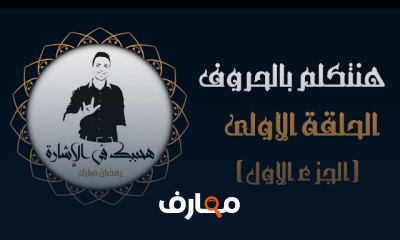شرح American Sign Language Class: Week 5- Question | [معتمد]
دورة لغة الاشارة - American Sign Language
شارك الآن استفساراتك مع اعضاء دورة لغة الاشارة - American Sign Language اضغط هنا
سجل الآن
قائمة الدروس | 59 درس
التعليقات
دورات ذات صلة
American Sign Language (ASL) is a natural language[6] that serves as the predominant sign language of Deaf communities in the United States and most of Anglophone Canada. Besides North America, dialects of ASL and ASL-based creoles are used in many countries around the world, including much of West Africa and parts of Southeast Asia. ASL is also widely learned as a second language, serving as a lingua franca. ASL is most closely related to French Sign Language (LSF). It has been proposed that ASL is a creole language of LSF, although ASL shows features atypical of creole languages, such as agglutinative morphology.
ASL originated in the early 19th century in the American School for the Deaf (ASD) in West Hartford, Connecticut, from a situation of language contact. Since then, ASL use has propagated widely by schools for the deaf and Deaf community organizations. Despite its wide use, no accurate count of ASL users has been taken. Reliable estimates for American ASL users range from 250,000 to 500,000 persons, including a number of children of deaf adults. ASL users face stigma due to beliefs in the superiority of oral language to sign language.
ASL signs have a number of phonemic components, such as movement of the face, the torso, and the hands. ASL is not a form of pantomime although iconicity plays a larger role in ASL than in spoken languages. English loan words are often borrowed through fingerspelling, although ASL grammar is unrelated to that of English. ASL has verbal agreement and aspectual marking and has a productive system of forming agglutinative classifiers. Many linguists believe ASL to be a subject–verb–object (SVO) language. However, there are several alternative proposals to account for ASL word order.






































































